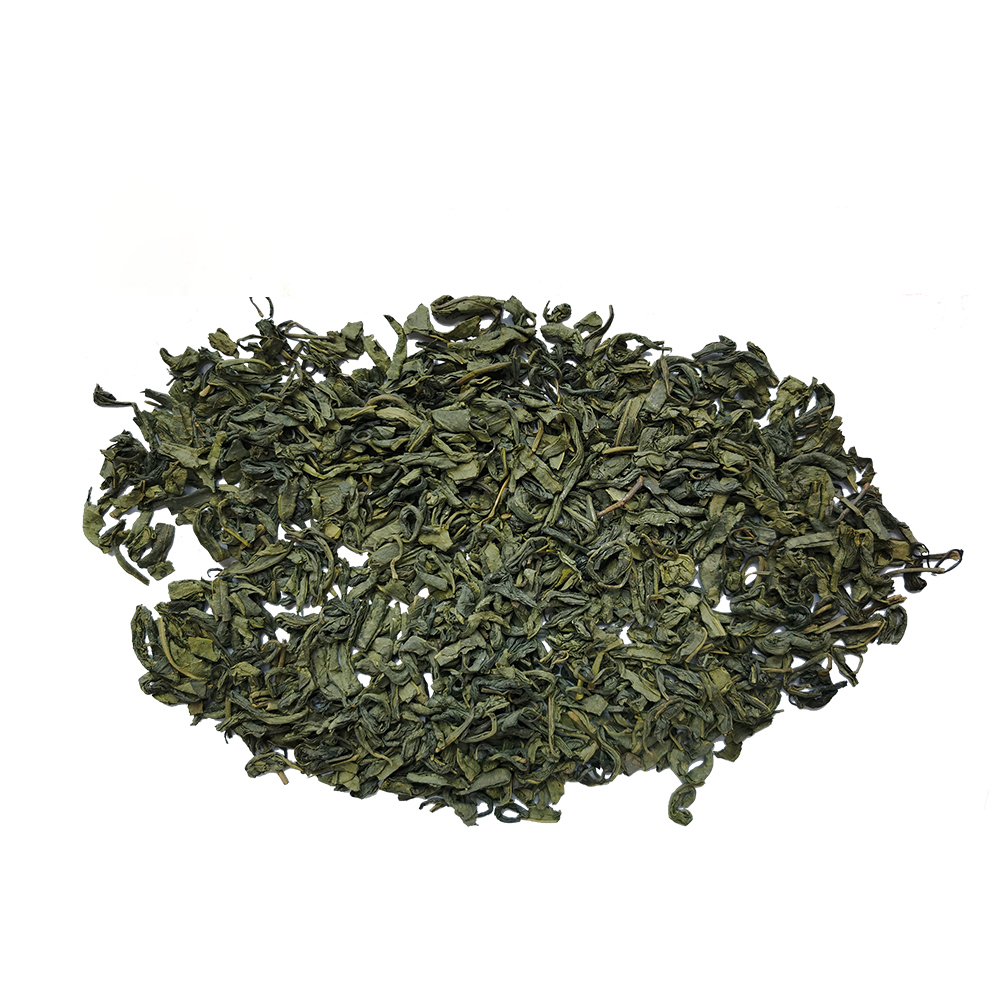Green Tea chunmee 708
we can provide all kinds of green tea Chunmee’s Series: 41022, 4011, 9371, 8147, 708, 9367, 9366, 3008, 3009, 9380,
We export these tea to Africa and Central Asia, such as Kazakhstan, Kyrgyzstan, Tajikistan, Turkmenistan, Uzbekistan and so on
This is a full-bodied green tea that steeps into a pale yellow cup. It has plenty of mouthfeel, with silky top notes of dried apricots sitting on top of a deep, soft, woody body that tastes of bamboo.
The tea has a clean, tight finish. Be sure to steep this tea at least twice, as it evolves with each infusion. They sell their harvest to the tea makers, who apply a dry heat to bring out the sweet, floral notes associated with Chinese green teas and also to prevent any oxidizing. Afterwards, the tea is flattened through a panning process, which gives it its unique shape and stronger, deeper flavors.
|
Product name |
UZB Chunmee Green Tea |
|
Item |
Chunmee 708 |
|
Appearance |
Eyebrow strips |
|
Taste |
Strong with little bitter, high aroma |
|
Packaging |
25g,100g,125g,200g,250g,500g,1000g for paper box. |
| 1KG,5KG,20KG,40KG for wooden case. | |
| 30KG,40KG,50KG for plastic bag or gunny bag. | |
|
Payment terms |
T/T, and others will be negotiable |
|
Production time |
30 days after order confirmed |
|
Loading Qty |
23 tons for one 40HQ container 10 tons for one 20FT container |
|
Sample |
Free samples |
Uzbekistan was on the ancient Silk Road, and the cities of Khiva, Bukhara and Samarkand became prosperous cities known for their trade. Along with the Silk Road into the goods throughout Central Asia, of course, not without tea. This ancient Oriental drink quickly conquered the taste buds of the Uzbeks, who developed a unique tea ceremony based on the Chinese way of drinking tea, which spread to the Gulf region.
Do you know Niger?
Uzbekistan and turkmenistan in southwestern border, south of the border with Afghanistan, bordering tajikistan and kyrgyzstan temple east, adjacent to the north and west and kazakhstan, is one of the two double landlocked country in the world, another for Liechtenstein), called the river region, tin river and amu darya throughout much of the land, the capital of fergana valley, It is the most densely populated region in Central Asia.
Uzbekistan is the world’s sixth largest cotton producer, the second largest cotton exporter, and the seventh largest gold producer。
According to historical research, Uzbeks began drinking tea in the 12th to 14th centuries when the Mongols occupied Central Asia, and tea shops and wholesale markets appeared in Tashkent, Fergana, Samarkand and Bukhara in the late 14th and early 15th centuries. Since then, drinking tea has gradually become an important lifestyle of Uzbek people and has been maintained to this day. At present, Ukraine is one of the countries with the largest consumption of tea in the world. According to relevant statistics, according to the annual per capita consumption of tea,Ukraine ranks fourth in the world with the annual per capita consumption of tea of about 2650 grams after the annual per capita consumption of tea of about 6,000 grams in Tibet Autonomous Region of China, the United Kingdom (about 4,200 grams) and Libya (about 4,055 grams). It is followed by Japan, the United States, the Commonwealth of Independent States, India and other Chinese provinces.
There are hundreds of ways the warm Uzbeks can give visitors a taste of their unique Uzbek hospitality, and drinking tea with them is a direct way to do so. To experience the black tea ceremony, you should start from the tea ware. Blue and white gold-inlaid teapots and bowls are Uzbeks’ favorite tea utensils, found on streets, in restaurants, in homestays and in souvenir shops. The use of bowls instead of cups is the first characteristic that distinguishes Uzbek tea culture from other tea cultures. These simple and aesthetically pleasing porcelain tea ware, like local Susani embroidery, carpets and pottery, have become a true symbol of Uzbek folklore
Professional technical engineer dedicated to guide you
According to your actual needs, choose the most reasonable overall design and planning procedures
